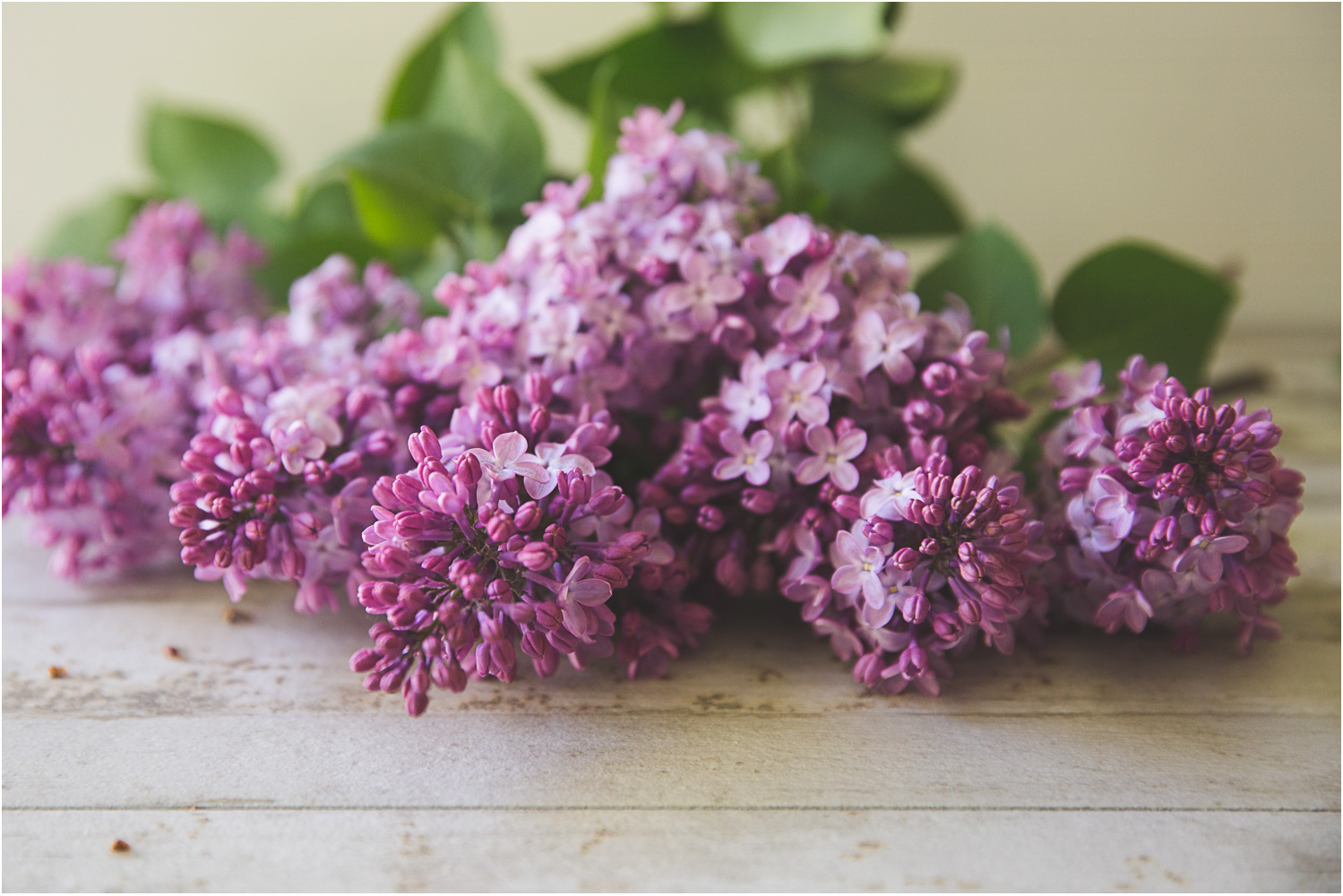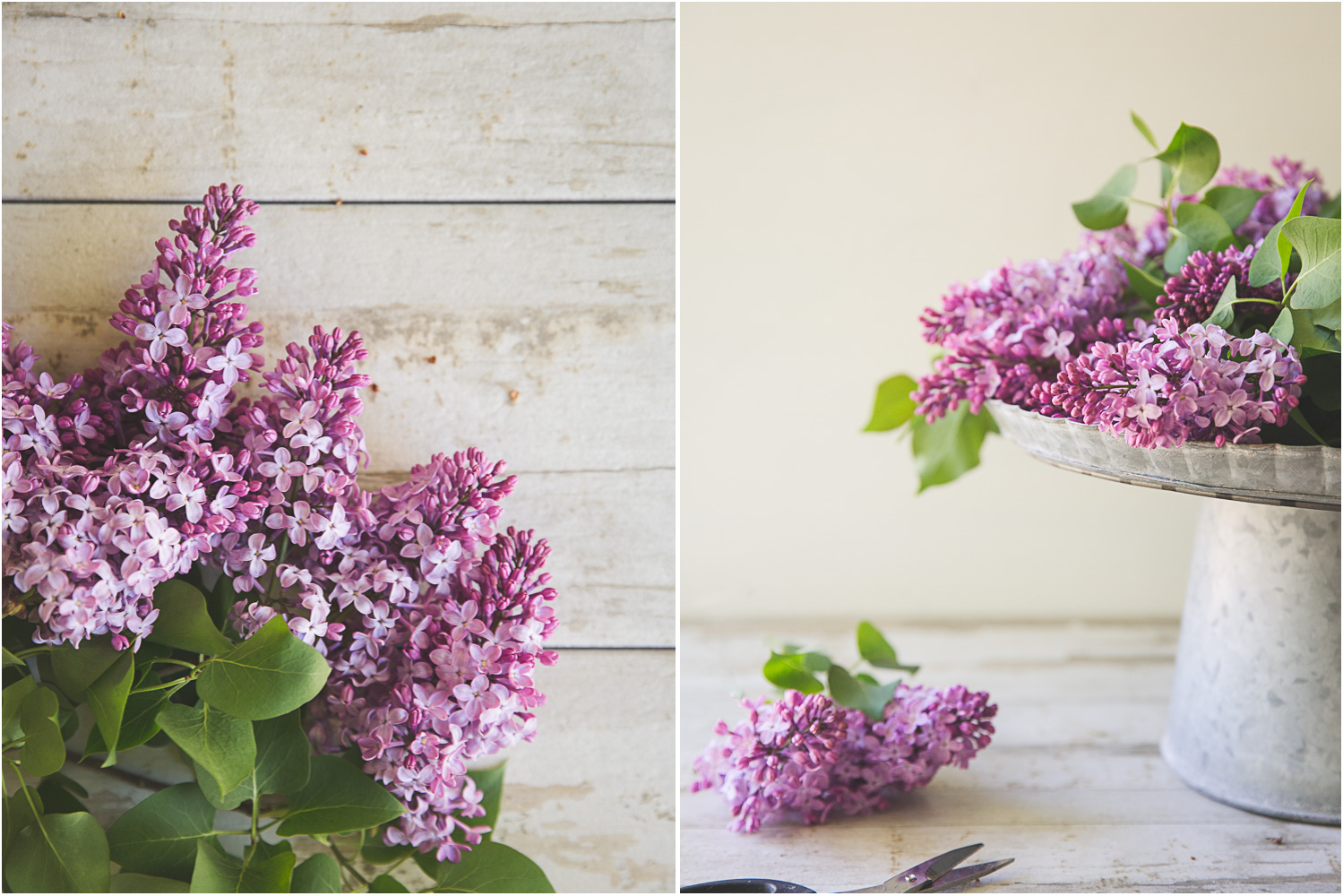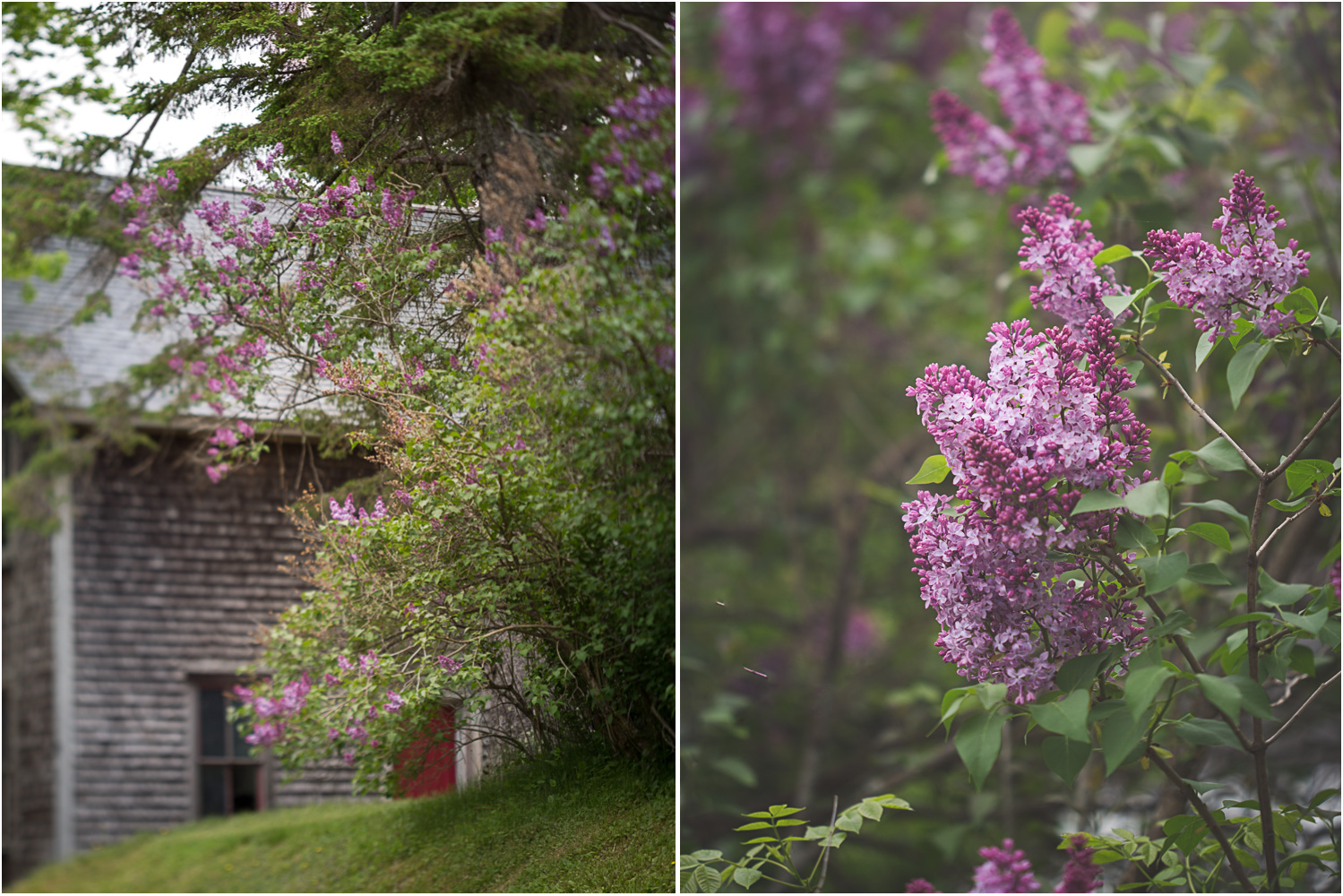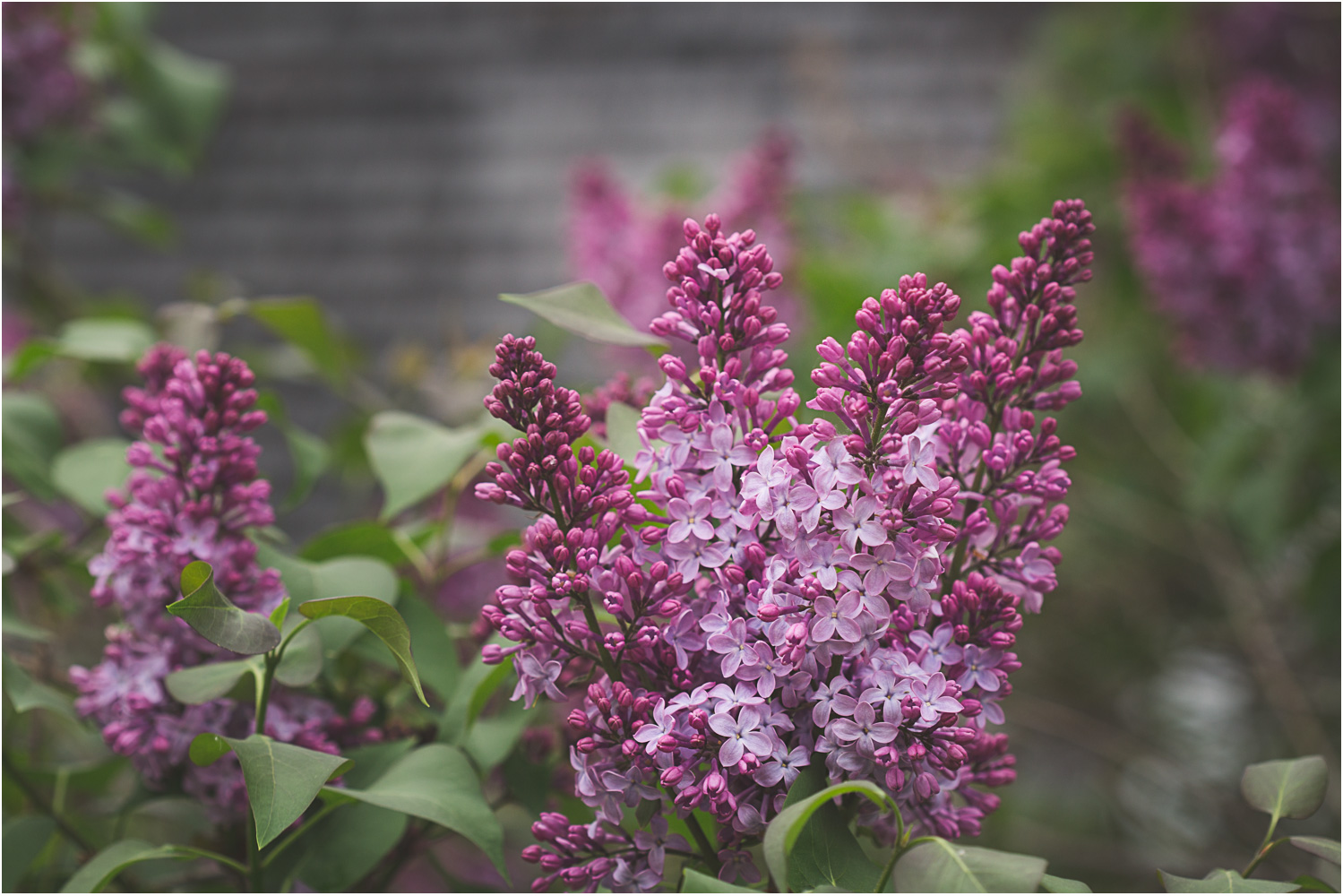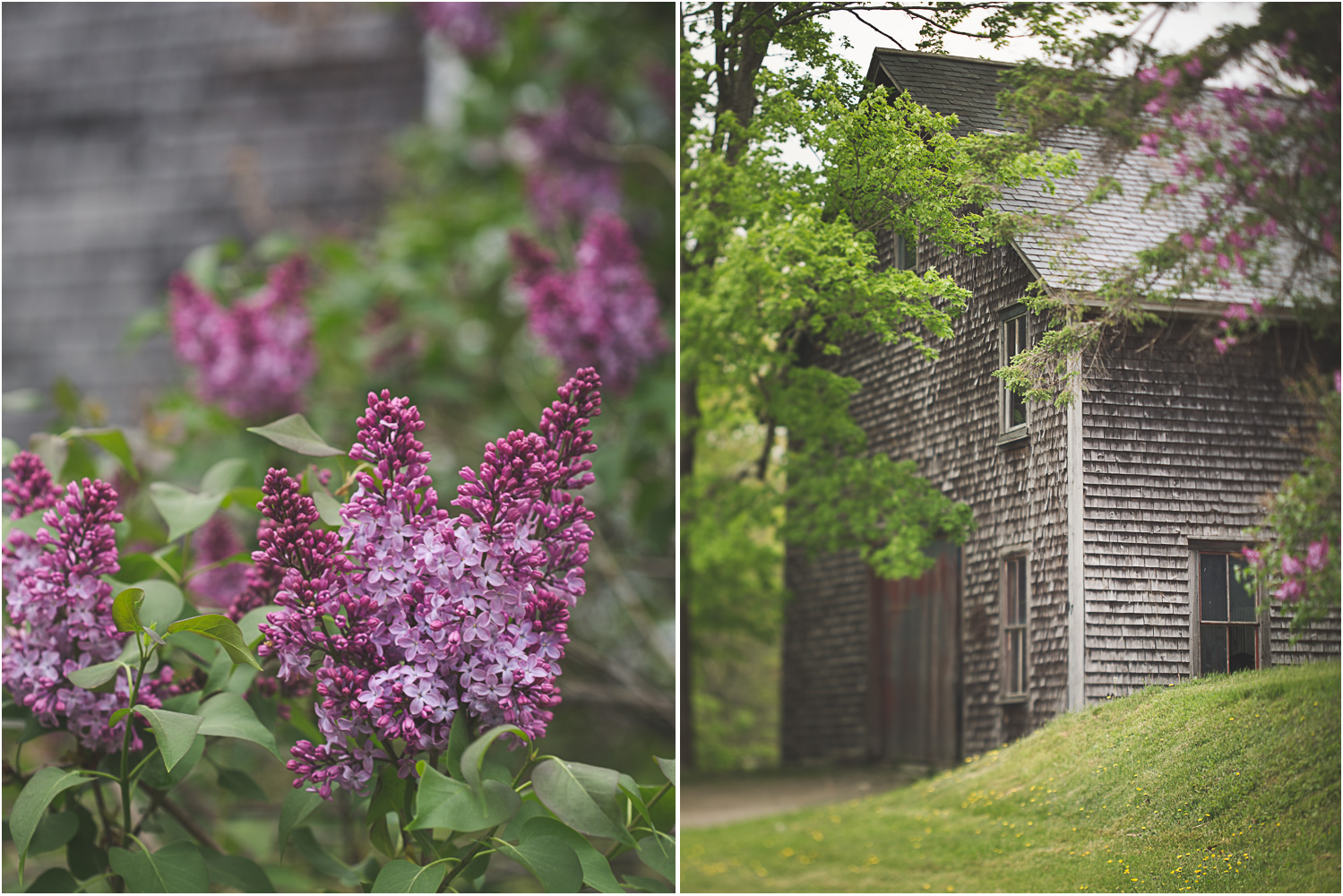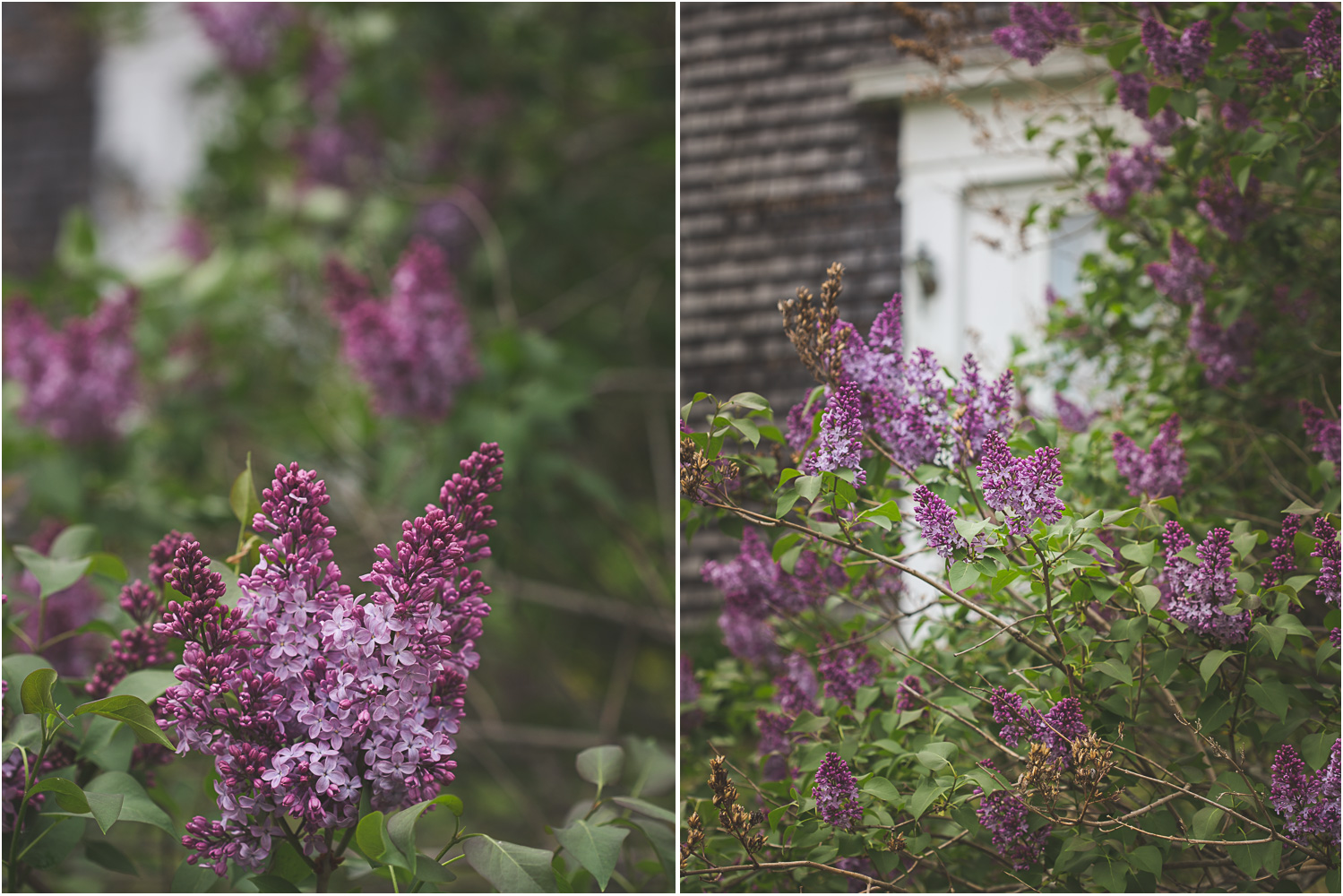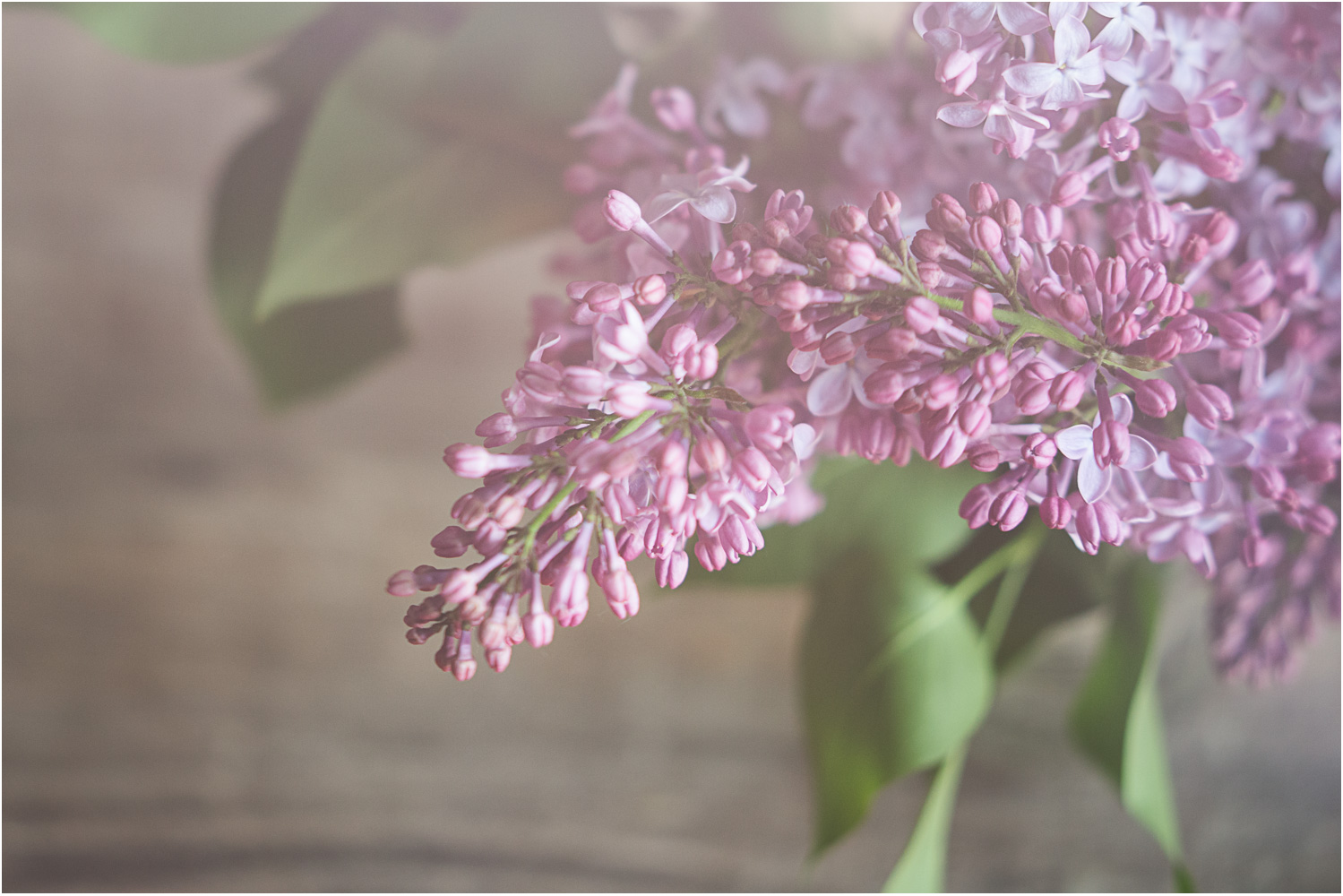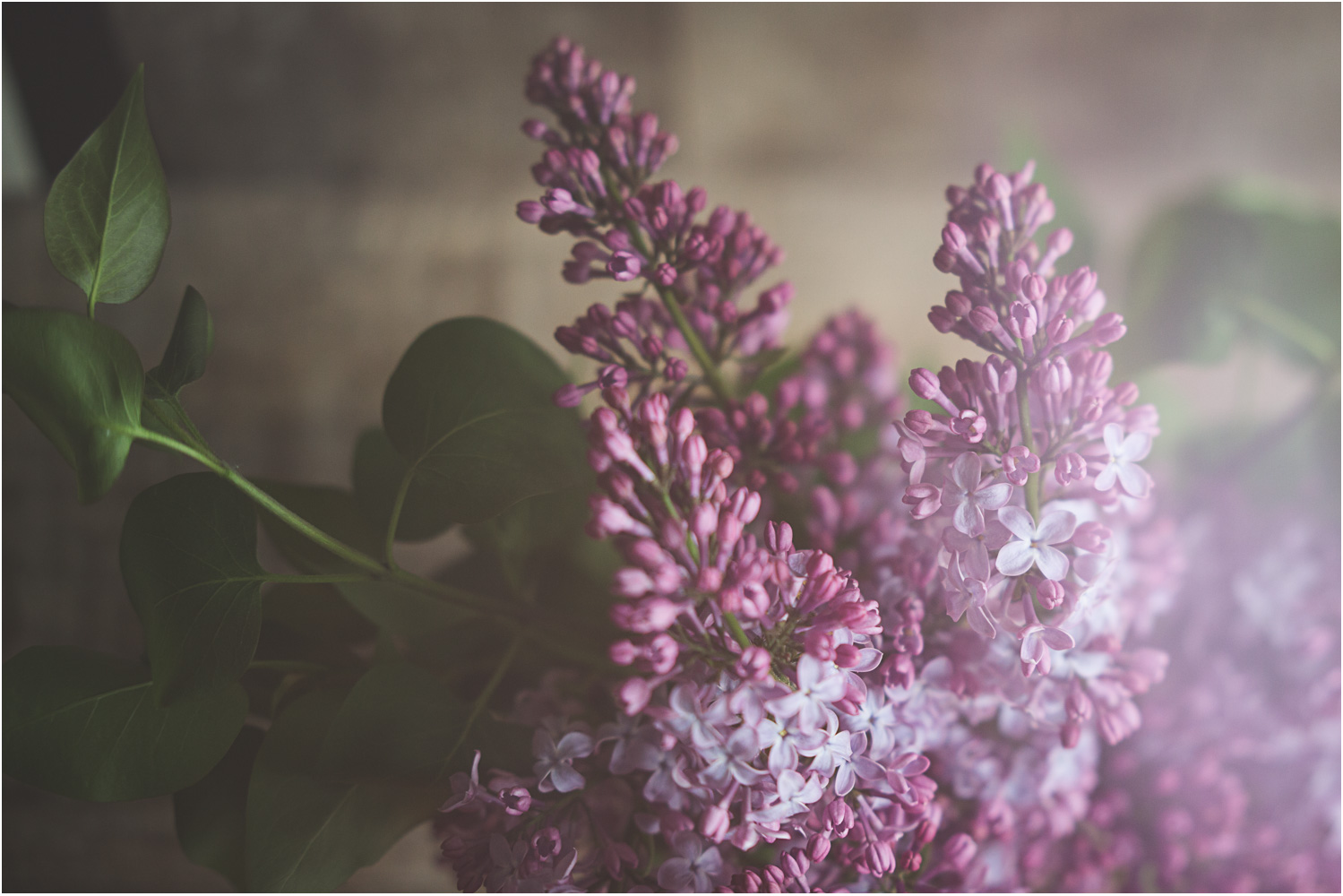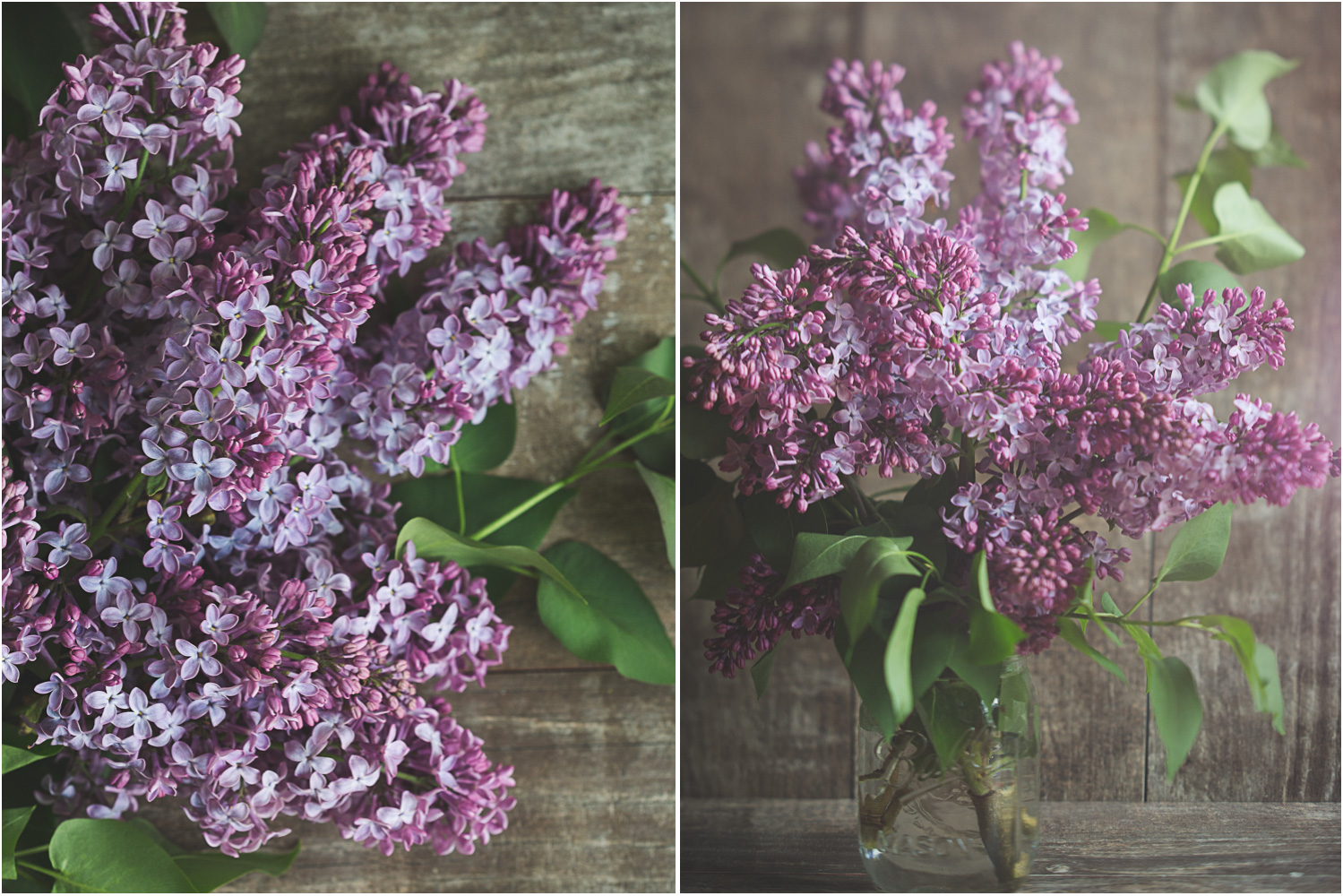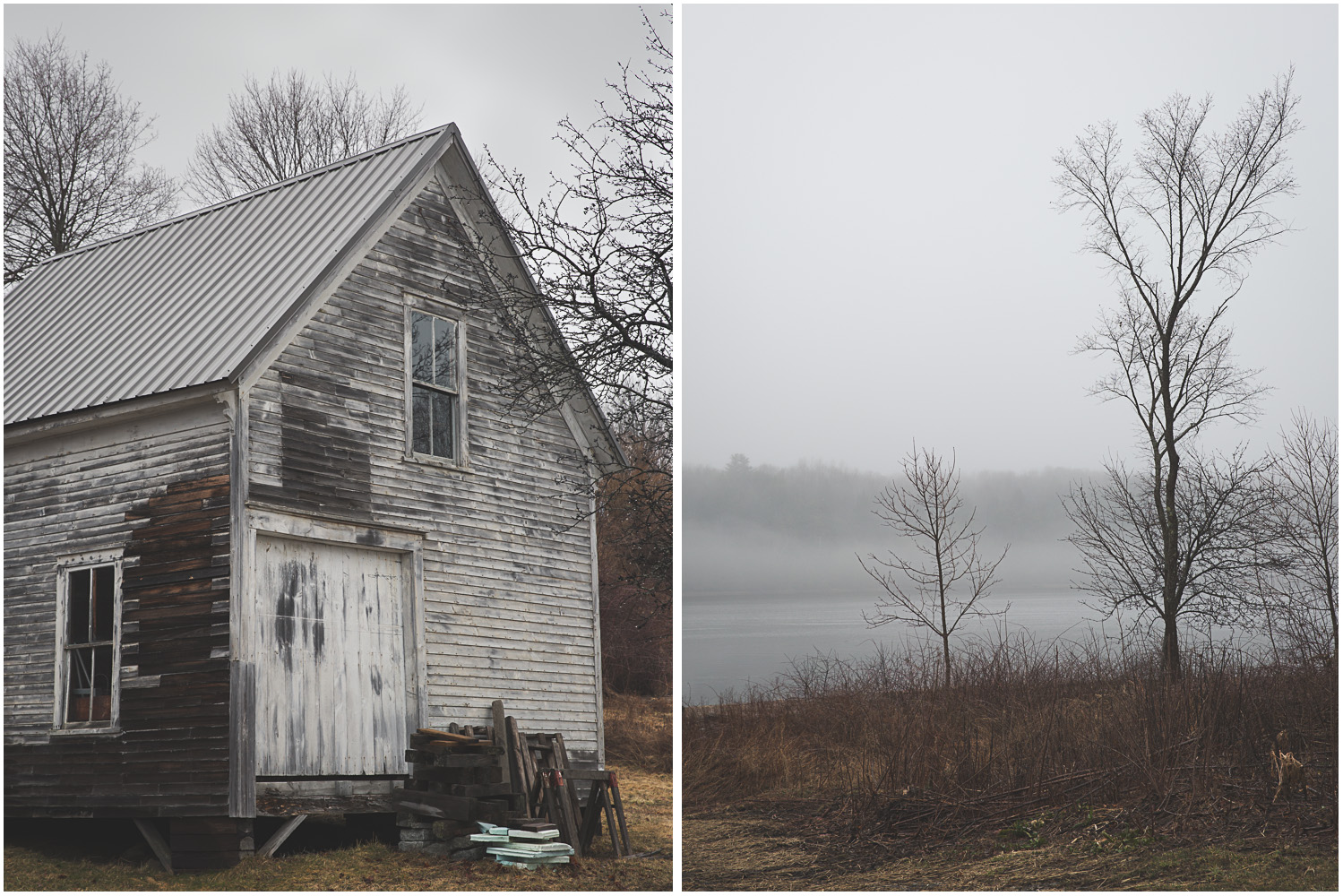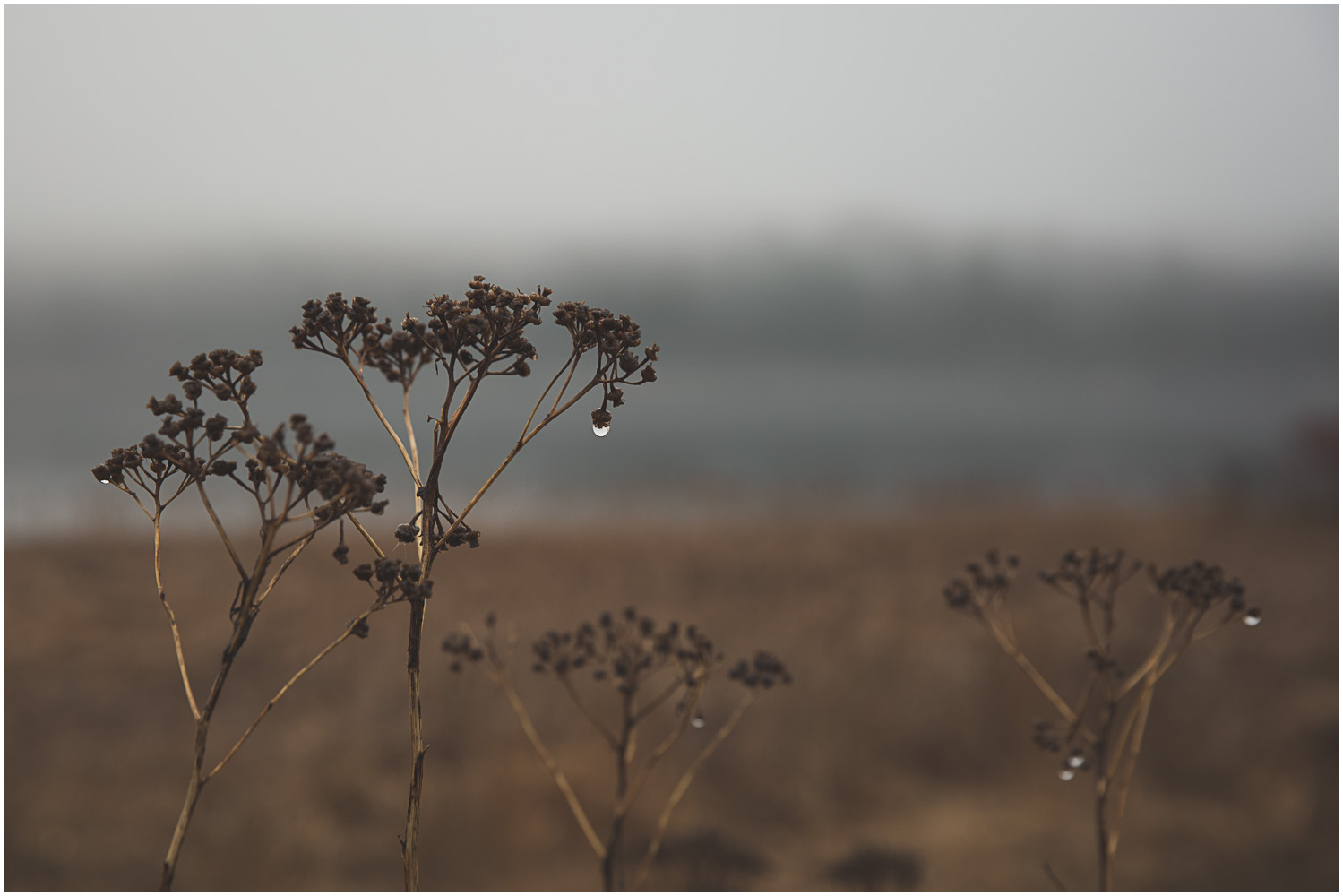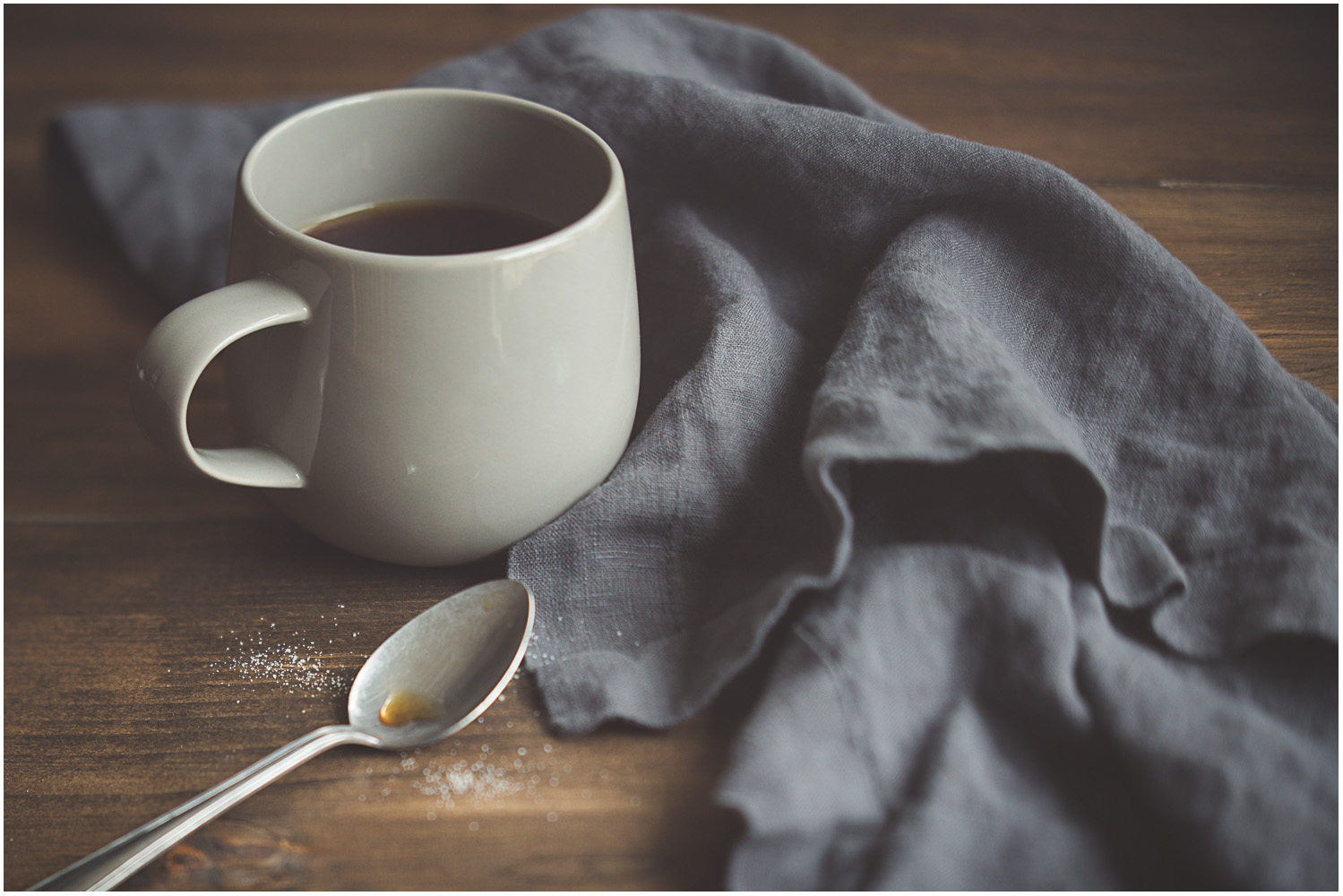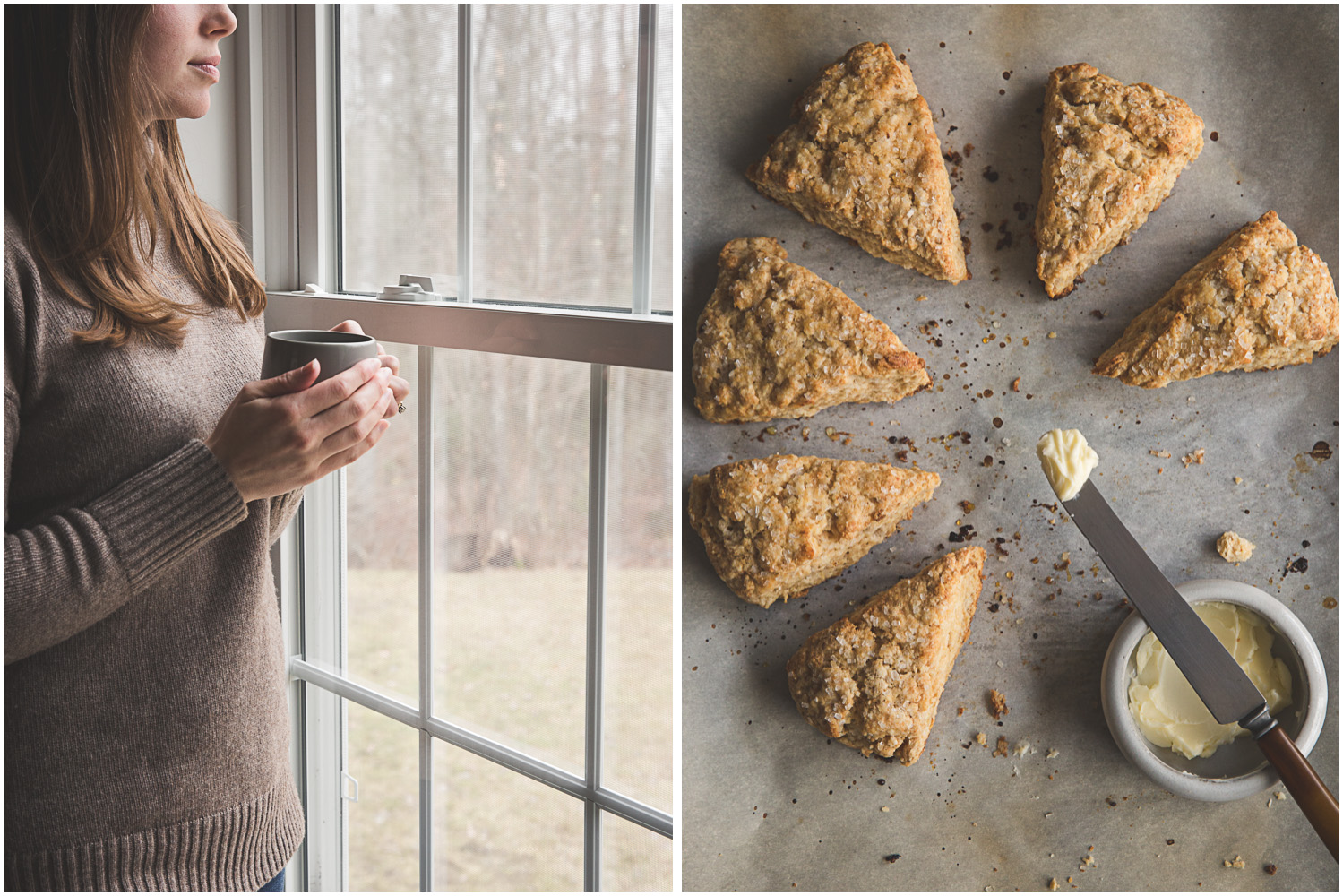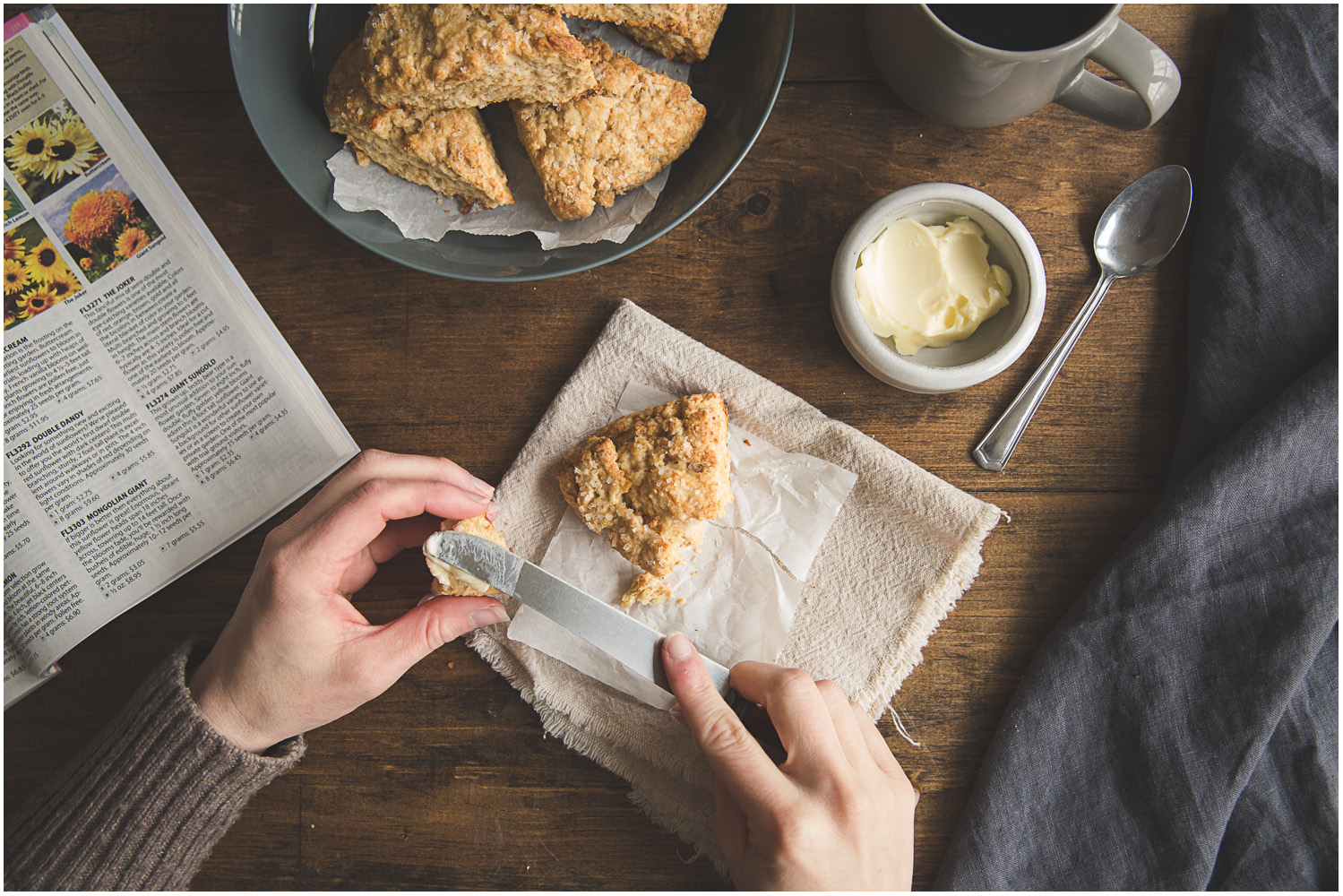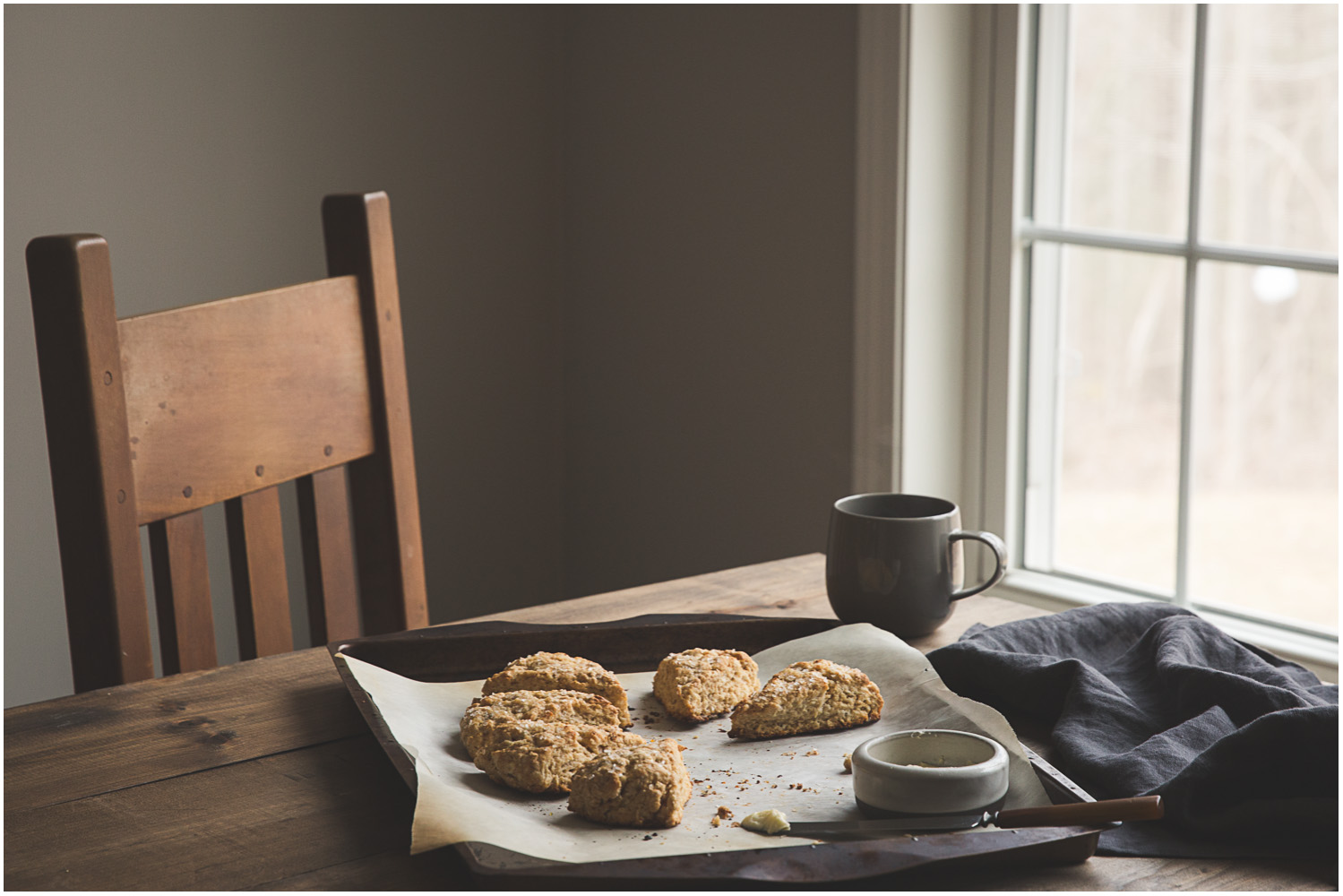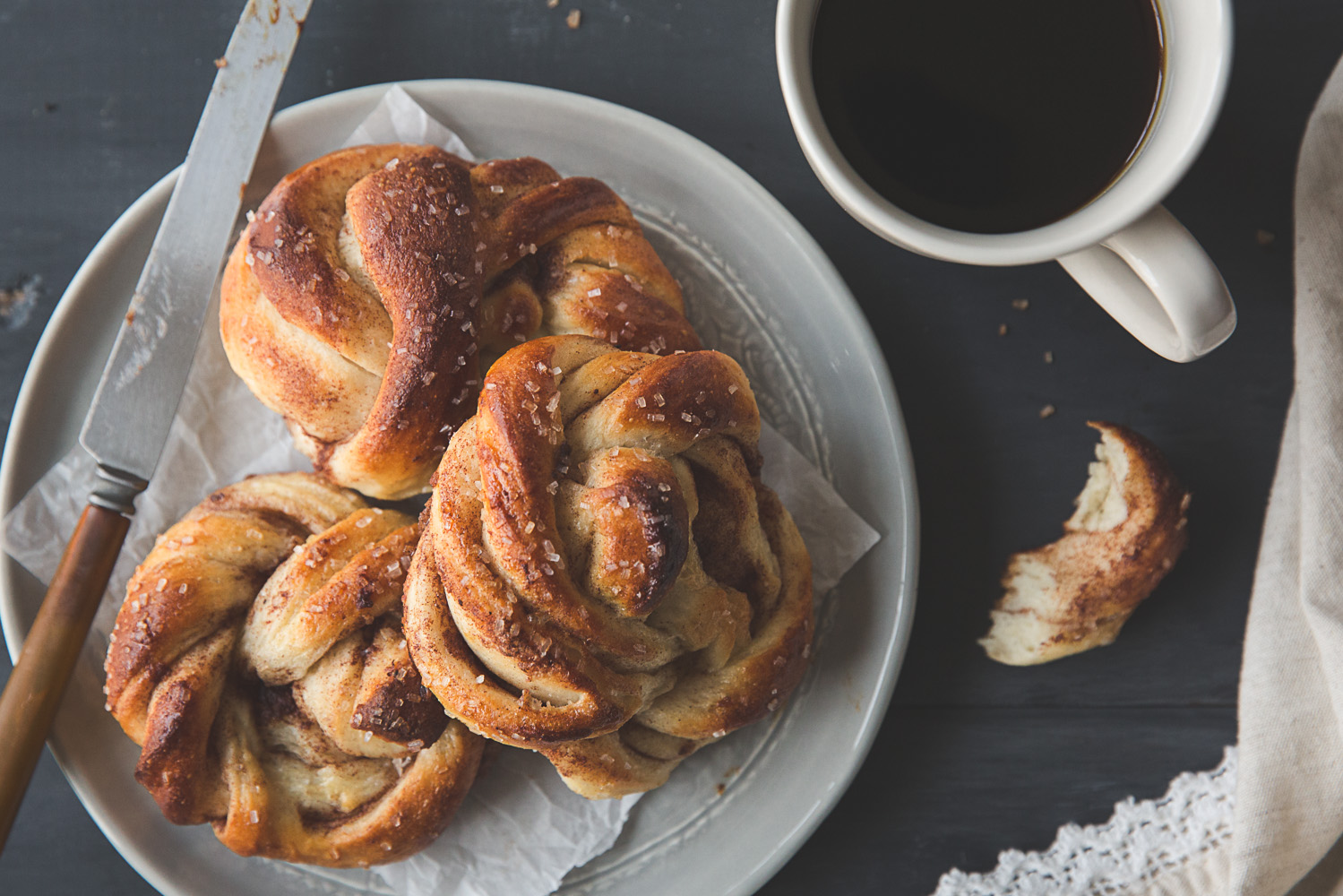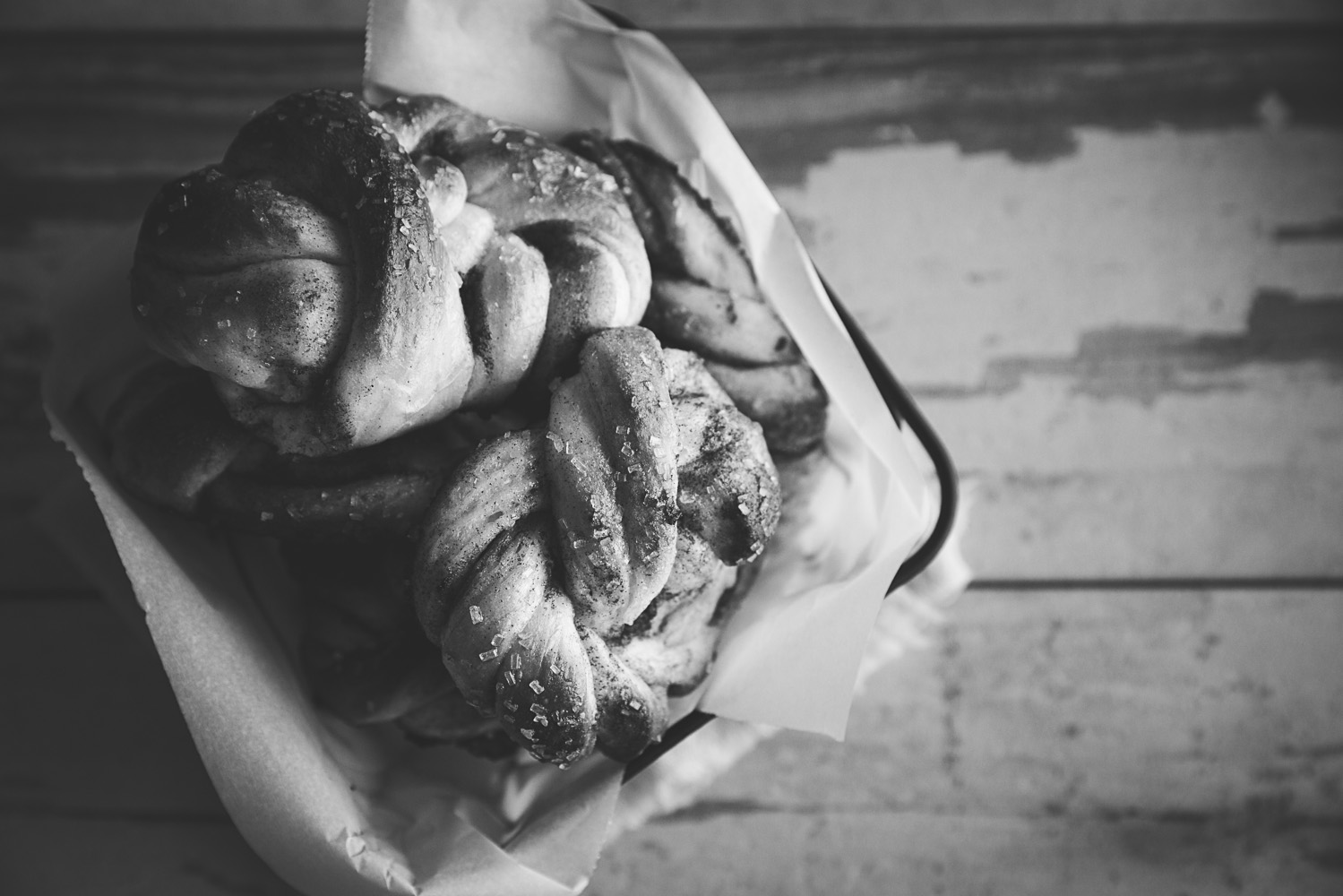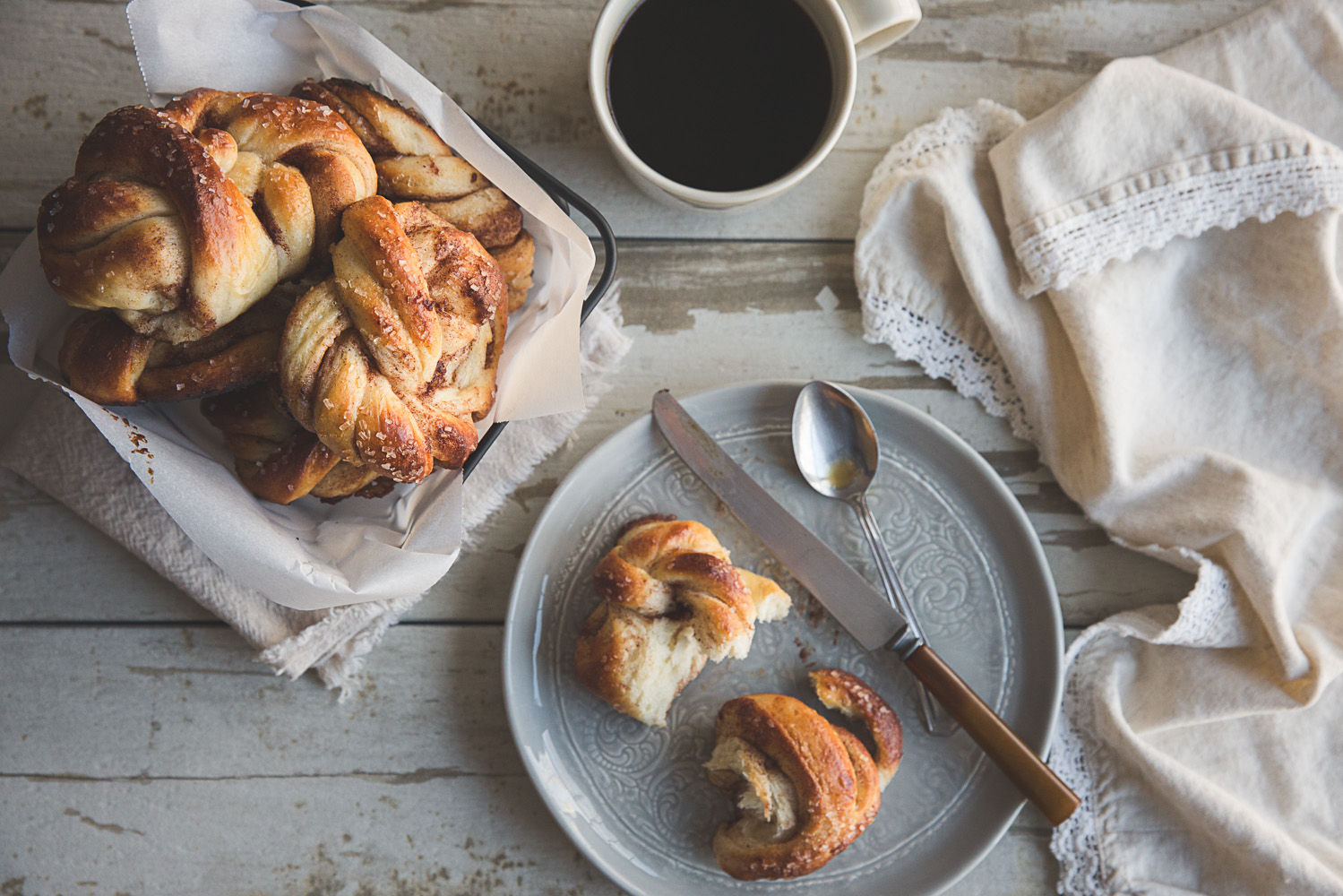Ingredients:
- 5 eggs, separated, preferably room temperature
- 1 c. unsalted butter, softened
- 3 c. sugar
- 1 tsp. vanilla
- 3 c. all-purpose flour
- ½ tsp. salt
- ½ tsp. baking soda
- 1 c. buttermilk
Process:
Heat oven to 350 degrees and prepare a tube or Bundt pan. I often use a baking spray with flour in it, but you can butter and flour the pan if you prefer.
Whip the egg whites to the soft-peak stage, by hand using a whisk or with your mixer. I use my mixer and often end up overbeating them but they still work just fine. Set those aside while you make the rest of the batter.
Using a stand mixer or handheld beater, cream together your butter and sugar. There is a lot more sugar than butter, so don’t worry if this mixture doesn’t appear truly “creamy”. Just make sure they are well combined, adding air as you go. Beat in the egg yolks and vanilla until smooth and lightened in color.
For proper cake technique, measure the flour, baking soda and salt into a separate bowl and add them to the batter in thirds, alternating with the buttermilk. For improper, less dish-use, lack-of-technique, add the flour, baking soda, salt and buttermilk to the batter and beat it all until smooth. There is a difference in the final texture – you will have a more even texture and lighter cake if you alternate adding your flour and buttermilk. I am usually not that patient and the difference in texture is not enough to compel me to follow proper technique here. I am usually making this cake for my family to enjoy, and they don’t complain if the crumb is not perfectly even. So I dump it all together and mix until it’s nice and smooth. The batter will be very thick. Fold in a third of the egg whites, trying to resist the temptation to stir them in. They will fold in, even if at first it seems impossible because the batter is so thick and the whites are so light. Gently fold and fold. Then add another third of the whites and repeat. Repeat again with the final third until they are all folded in and no white streaks remain. The whipped egg whites are the primary leavening agent for this cake, so if you flatten them by stirring, you will end up with a flat, too dense cake.
Pour the batter evenly into the prepared pan and bake for approximately an hour. The cake may take more or less time, depending on your oven. I begin checking the cake at the 50 min. mark, for good measure. The cake is done when the top is springy to the touch and doesn’t sound like crackling tissue paper when you touch it. The top may look crackly, and that’s good, but if it gives under your touch and is squishy instead of springy, it wants to bake a little longer. It will turn a dark, golden brown as it bakes. When it’s done, remove it from the oven and allow it to cool 5 minutes in the pan, then invert the pan onto a cooling rack. If the cake slides right out, remove the pan. If it doesn’t, let it sit for a little while, upside down on the rack, and eventually the cake will drop right out onto the rack. Let the cake cool on the rack for as long as you can keep people away from it. We usually make it about an hour but a couple of hours is best, so that the cake is completely cool before cutting it. Once completely cool, wrap tightly with plastic or store in a cake dome. The cake will keep for a few days and also freezes nicely.
This cake is great as is, but is also a good vehicle for jam, whipped cream, berries, curd, or really anything you want to put on it.


